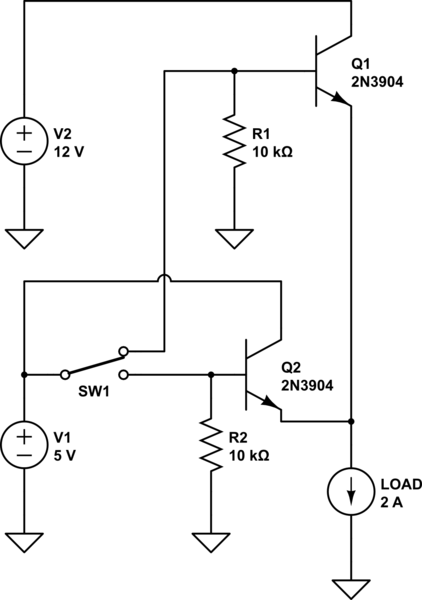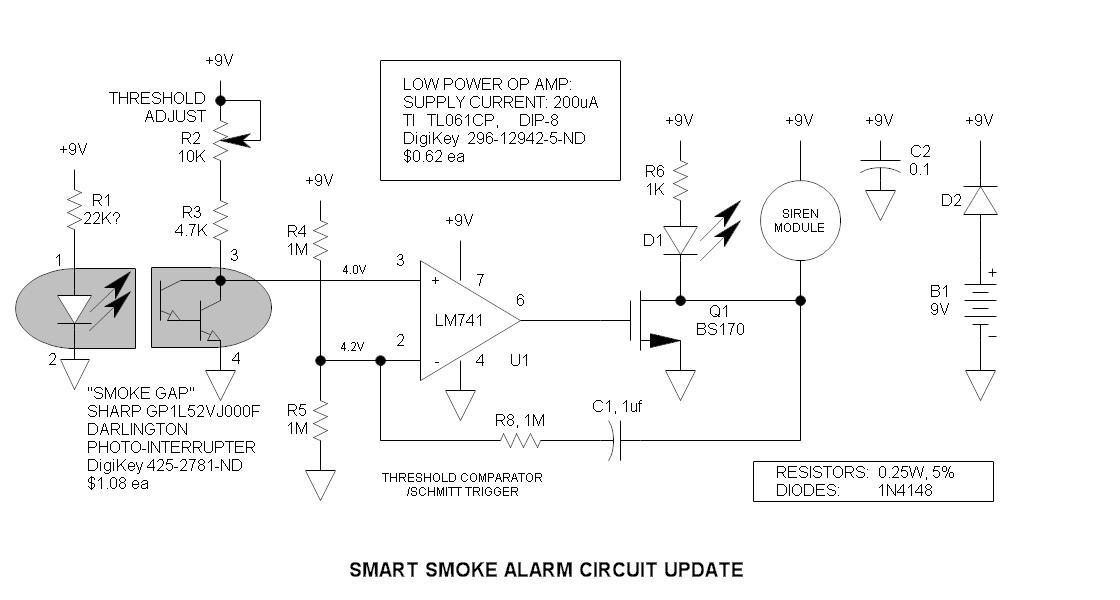
LM386 voice audio power amplifier circuit design project

A voice amplifier can be designed using the LM386 power amplifier, which is intended for low voltage consumer applications. This simple circuit features variable gain and volume control. The gain is set internally to 20 to minimize the number of external components; however, by adding an external resistor and capacitor between pins 1 and 8, the gain can be increased to any value ranging from 20 to 200.
The LM386 is a low voltage audio amplifier designed to operate from a single power supply, typically between 4V and 12V, making it suitable for battery-powered devices. The device is housed in an 8-pin DIP package, which simplifies integration into various circuit designs.
In this application, the voice amplifier circuit can be constructed with minimal components. The basic configuration includes the LM386 IC, a power supply, a variable resistor for volume control, and an external resistor-capacitor (RC) network connected between pins 1 and 8 to adjust the gain. The variable resistor can be implemented as a potentiometer, allowing for user-adjustable volume levels.
The gain setting can be modified by selecting appropriate resistor and capacitor values. For example, if a gain of 50 is desired, one could use a resistor of 1.2 kΩ and a capacitor of 10 µF, following the formula for gain calculation in the LM386. It is crucial to ensure that the selected components are rated for the operating voltage and frequency range of the application to maintain performance and reliability.
To enhance the performance of the amplifier further, bypass capacitors can be added near the power supply pins to filter out noise, ensuring clean audio output. Additionally, a coupling capacitor can be placed at the output to block any DC offset, allowing only the amplified AC audio signal to pass through.
Overall, the LM386-based voice amplifier circuit is efficient, cost-effective, and versatile, suitable for various low-power audio applications, including portable speakers, intercom systems, and hearing aids.Using LM386 power amplifier designed for use in low voltage consumer applications can be designed a very simple voice amplifier with variable gain and volume control. The gain is internally set to 20 to keep external part count low, but the addition of an external resistor and capacitor between pins 1 and 8 will increase the gain to any value from
20 to 200. 🔗 External reference
The LM386 is a low voltage audio amplifier designed to operate from a single power supply, typically between 4V and 12V, making it suitable for battery-powered devices. The device is housed in an 8-pin DIP package, which simplifies integration into various circuit designs.
In this application, the voice amplifier circuit can be constructed with minimal components. The basic configuration includes the LM386 IC, a power supply, a variable resistor for volume control, and an external resistor-capacitor (RC) network connected between pins 1 and 8 to adjust the gain. The variable resistor can be implemented as a potentiometer, allowing for user-adjustable volume levels.
The gain setting can be modified by selecting appropriate resistor and capacitor values. For example, if a gain of 50 is desired, one could use a resistor of 1.2 kΩ and a capacitor of 10 µF, following the formula for gain calculation in the LM386. It is crucial to ensure that the selected components are rated for the operating voltage and frequency range of the application to maintain performance and reliability.
To enhance the performance of the amplifier further, bypass capacitors can be added near the power supply pins to filter out noise, ensuring clean audio output. Additionally, a coupling capacitor can be placed at the output to block any DC offset, allowing only the amplified AC audio signal to pass through.
Overall, the LM386-based voice amplifier circuit is efficient, cost-effective, and versatile, suitable for various low-power audio applications, including portable speakers, intercom systems, and hearing aids.Using LM386 power amplifier designed for use in low voltage consumer applications can be designed a very simple voice amplifier with variable gain and volume control. The gain is internally set to 20 to keep external part count low, but the addition of an external resistor and capacitor between pins 1 and 8 will increase the gain to any value from
20 to 200. 🔗 External reference





